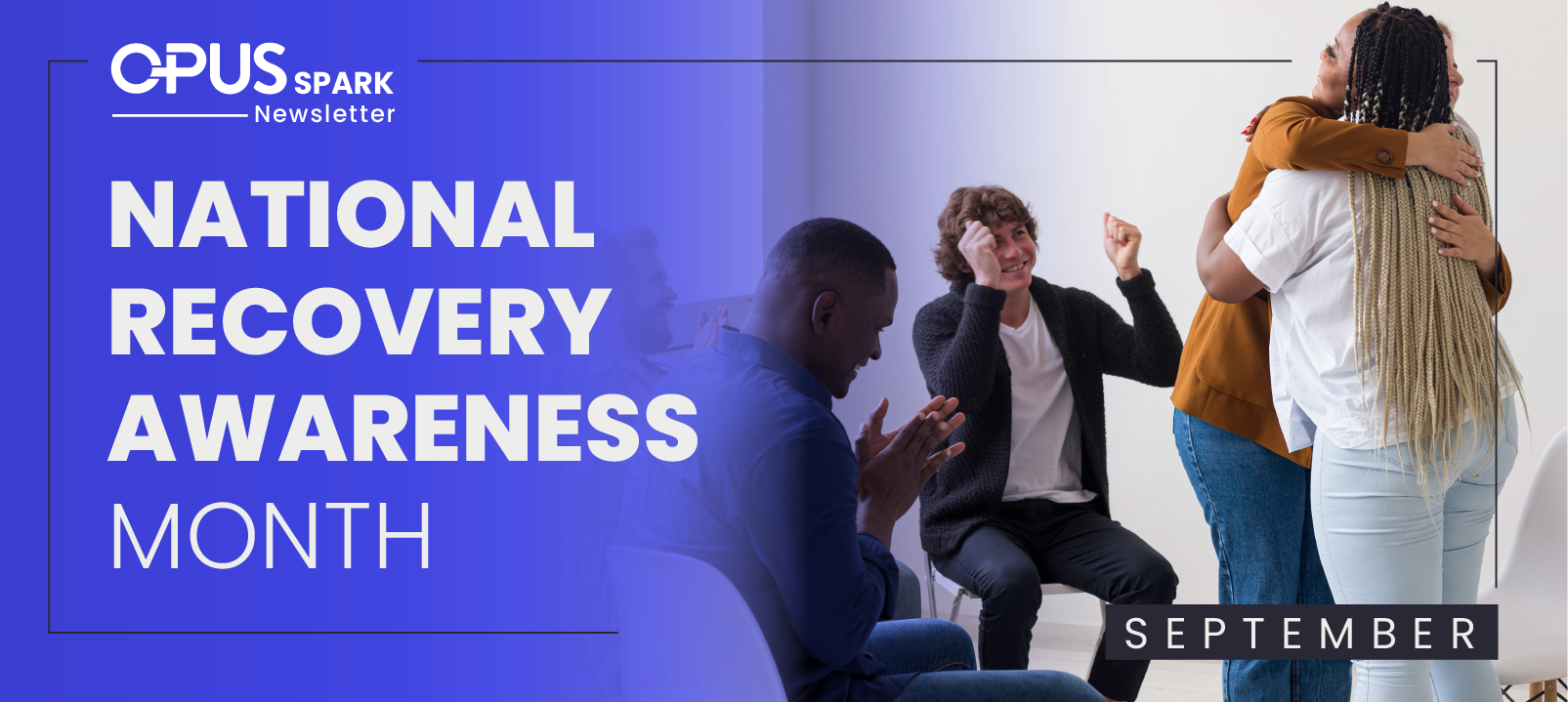What is the Standard Rehab Success Rate?
There is no standard definition of rehab, so there is no standardized way to measure the success of addiction centers. Many base their success rates on unreliable metrics, such as:
Completion of the program
Sobriety rates immediately after treatment
Client interviews
Internal studies
Rehabs in the United States are not regulated by the Government and each state potential has its own definition of what a rehab really is. Part of the problem is that rehabs are not part of the healthcare system and rehabs in general are private, free standing entities with different types of ownership that lead it to be a “specialty” among the healthcare circuit and therefore not taken seriously by the healthcare system often treating as a carve out to coverage or limited benefits.
Defining rehab is not very straightforward. As stated above, there is no standard definition of “rehab,” so there is no standard metric of success for rehabilitation centers. Some facilities simply measure how many of their patients complete their programs; others consider sobriety in the follow-up months and years after “graduation” as the threshold for success.
In terms of success there are many roads to go down that could define success for the treatment center, individual and family.
A decent approach involves judging the actual quality of care a facility provides, both during and after the formal treatment period.
The Centers for Disease Control estimate that 114 people die a day because of drugs. While addiction and substance abuse are undoubtedly major problems in the US, a survey conducted by the Substance Abuse and Mental Health Services Administration found that as many as 90 percent of people who most need drug rehab do not receive it. With such a desperate need for solutions, what results can be expected from treatment? What are rehab success rates and statistics?
Some facilities, for example, tout success rates in the 90th percentile, but this can be misleading; there are often very flexible criteria for what defines that kind of success. How such facilities deal with the ever-present topic of relapse, and further rounds of treatment, is left unsaid or not comprehensively addressed.
That ambiguity goes a long way, with the Times claiming that despite America’s addiction to rehab, it doesn’t work for many people. Some programs are failing alcoholics, according to the Post, because when the person relapses, the program places the blame squarely on the shoulders of the patient, absolving itself of any culpability or weakness. Fact is, just about anyone can own a rehab center and many of the professionals who do are simply sober individuals with very limited therapeutic experience.
Since many treatment centers do not follow up with their patients, the “100 percent” success rate some cite, only applies to those who complete the length of their stay. Even those who boast a more modest “30 percent success rate” only draw that figure from the immediate sobriety rates after treatment, not from six months or three years down the road.
What Is Treatment Success?
The Addiction Journal of medicine article on relapse references an earlier SA article on “do-it-yourself cures” for addiction, which summarizes a critical problem when considering the various studies and their conflicting messages about treatment success:
Successful treatment definitions suffer from differences in the definitions of important terms such as “addiction,” “treatment” and “recovery.” The use of reports of past behavior and relatively short follow-up periods are problematic as well.
In addition to issues about the nature of recovery, the final statement zeroes in on one of the biggest challenges to definitions of “recovery” and “success”: duration. How long must “healthy” or “desired” behavior be maintained for recovery to be called successful – whether recovery is defined as “abstinence” or absence of certain problematic behaviors? This is difficult to answer because studies that look at 2-5 years out are rare relative to those that look within the first year of the designated conclusion of “treatment.” Is the thought of affording rehab preventing you or a loved one from finding treatment? Find out if your insurance may be able to cover all or part of the cost of rehab.
Many treatment centers and facilities offer alumni programs that allow program graduates to stay involved for years to come. Alumni programs provide accountability and allow individuals to remain actively involved in a supportive recovery community. A good rehab will help the individual to cultivate or connect with this type of community during treatment because that gives the individual the best chance for continuity upon leaving rehab.
Consider the following in terms of success rates and finding a definition to the unregulated landscape:
- Did the treatment center do what they said they would do?
- Did they offer solutions to the family? Is the family healthier
- Did the patient stay upon agreed time period?
- Is the patient participating in continuity of care?






